Christian Drescher
Implementing Rational Choice Functions with LLMs and Measuring their Alignment with User Preferences
Apr 22, 2025Abstract:As large language models (LLMs) become integral to intelligent user interfaces (IUIs), their role as decision-making agents raises critical concerns about alignment. Although extensive research has addressed issues such as factuality, bias, and toxicity, comparatively little attention has been paid to measuring alignment to preferences, i.e., the relative desirability of different alternatives, a concept used in decision making, economics, and social choice theory. However, a reliable decision-making agent makes choices that align well with user preferences. In this paper, we generalize existing methods that exploit LLMs for ranking alternative outcomes by addressing alignment with the broader and more flexible concept of user preferences, which includes both strict preferences and indifference among alternatives. To this end, we put forward design principles for using LLMs to implement rational choice functions, and provide the necessary tools to measure preference satisfaction. We demonstrate the applicability of our approach through an empirical study in a practical application of an IUI in the automotive domain.
Evaluating the Quality of Finite Element Meshes with Machine Learning
Jul 22, 2021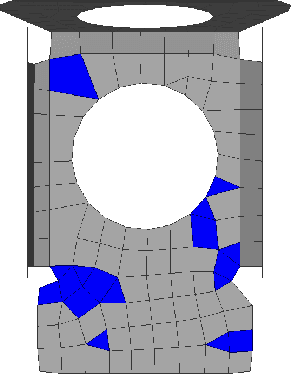
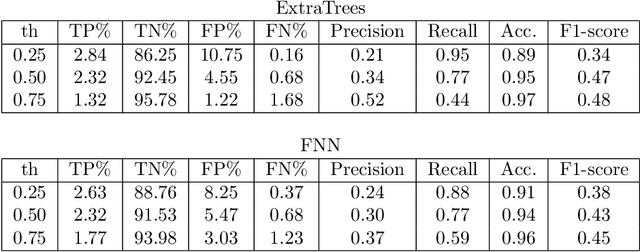
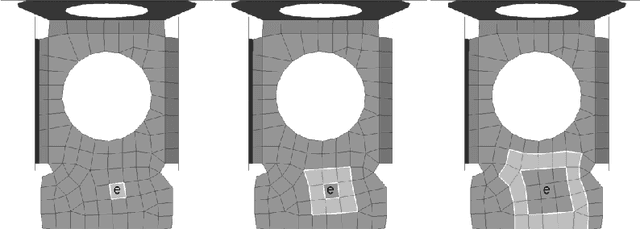
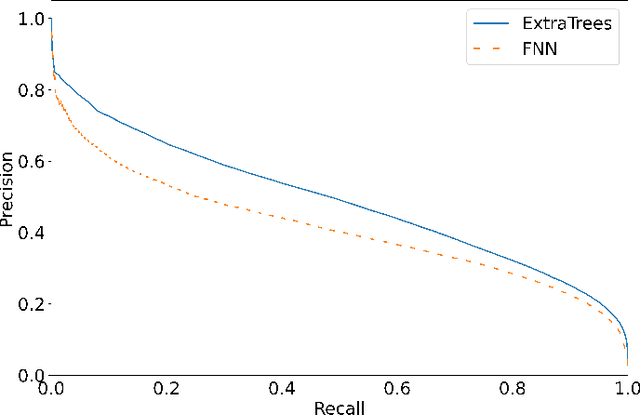
Abstract:This paper addresses the problem of evaluating the quality of finite element meshes for the purpose of structural mechanic simulations. It proposes the application of a machine learning model trained on data collected from expert evaluations. The task is characterised as a classification problem, where quality of each individual element in a mesh is determined by its own properties and adjacency structures. A domain-specific, yet simple representation is proposed such that off-the-shelf machine learning methods can be applied. Experimental data from industry practice demonstrates promising results.
Towards CRISP-ML: A Machine Learning Process Model with Quality Assurance Methodology
Mar 11, 2020
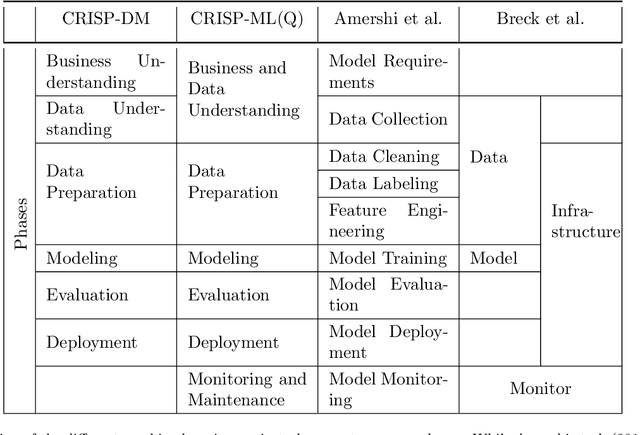

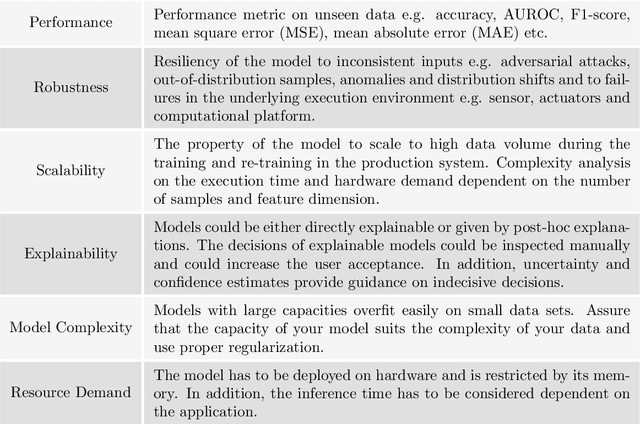
Abstract:We propose a process model for the development of machine learning applications. It guides machine learning practitioners and project organizations from industry and academia with a checklist of tasks that spans the complete project life-cycle, ranging from the very first idea to the continuous maintenance of any machine learning application. With each task, we propose quality assurance methodology that is drawn from practical experience and scientific literature and that has proven to be general and stable enough to include them in best practices. We expand on CRISP-DM, a data mining process model that enjoys strong industry support but lacks to address machine learning specific tasks.
Translation-based Constraint Answer Set Solving
Apr 20, 2011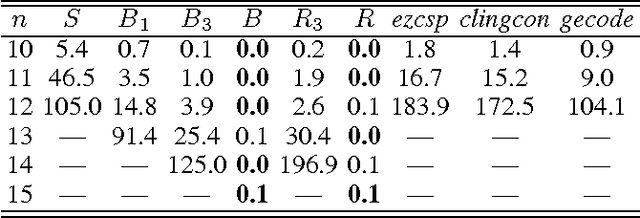
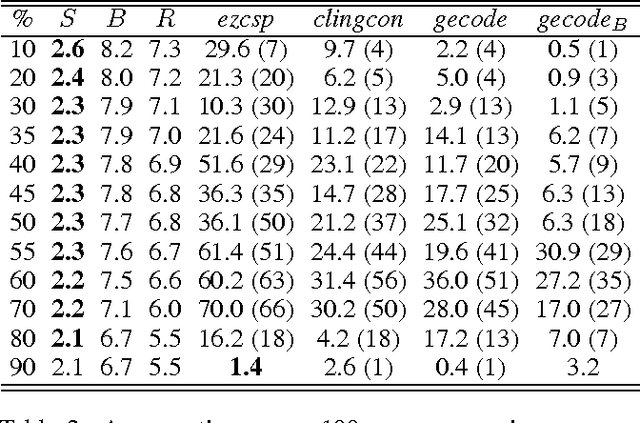
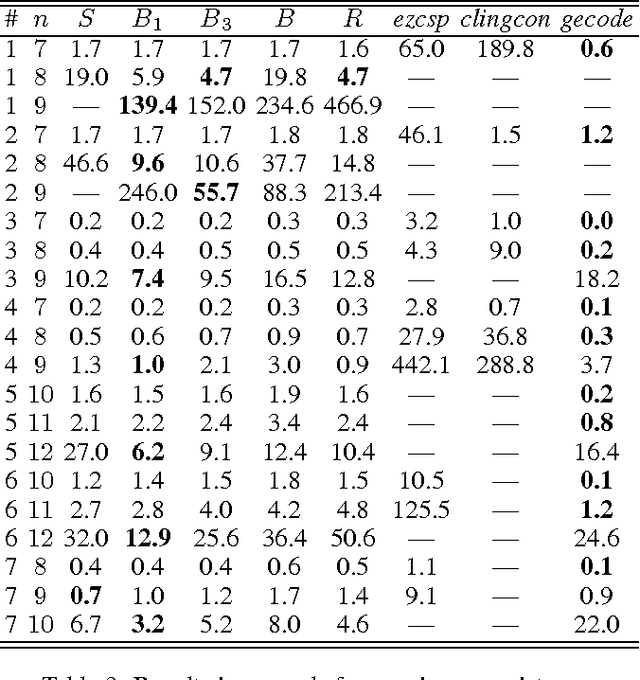
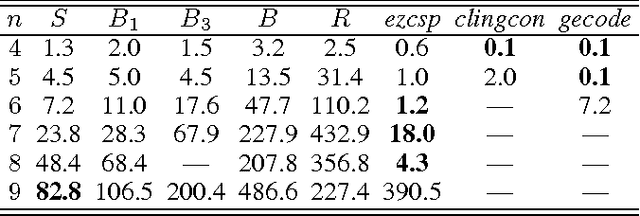
Abstract:We solve constraint satisfaction problems through translation to answer set programming (ASP). Our reformulations have the property that unit-propagation in the ASP solver achieves well defined local consistency properties like arc, bound and range consistency. Experiments demonstrate the computational value of this approach.
Heuristics in Conflict Resolution
May 11, 2010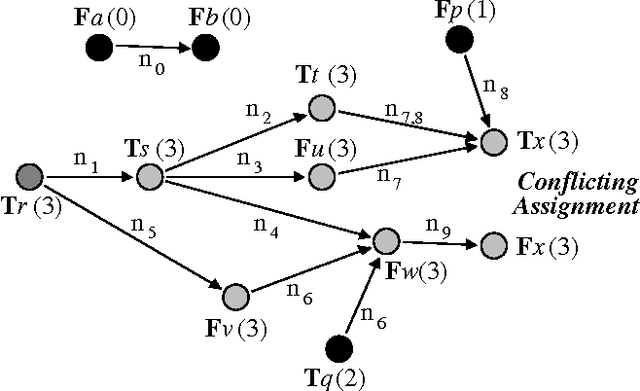
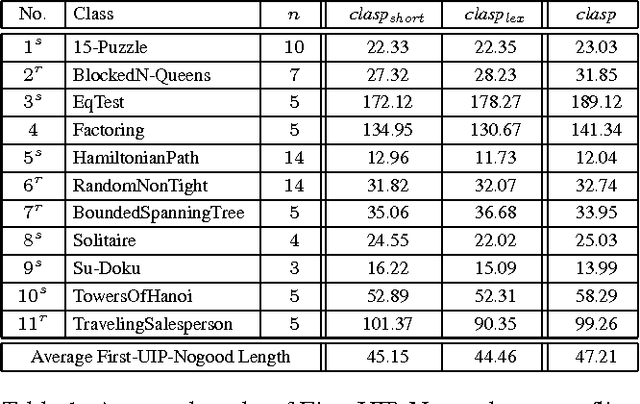
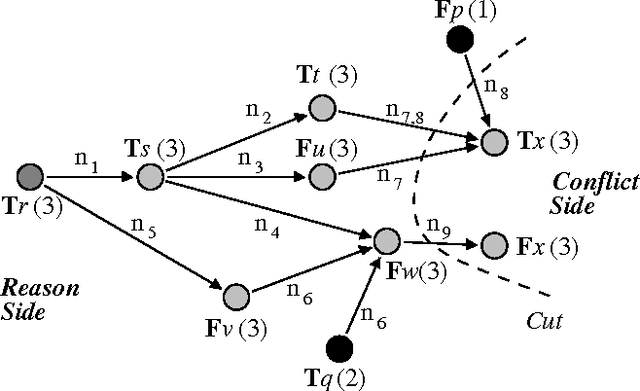
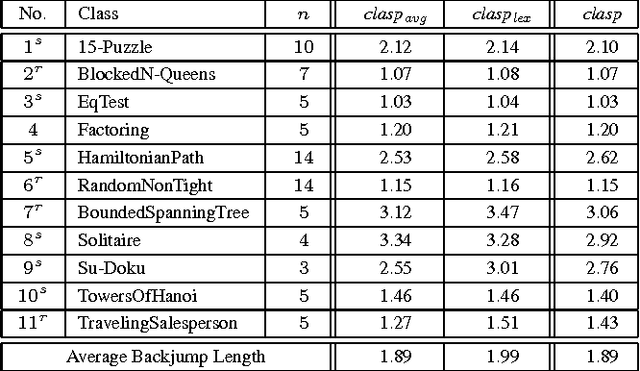
Abstract:Modern solvers for Boolean Satisfiability (SAT) and Answer Set Programming (ASP) are based on sophisticated Boolean constraint solving techniques. In both areas, conflict-driven learning and related techniques constitute key features whose application is enabled by conflict analysis. Although various conflict analysis schemes have been proposed, implemented, and studied both theoretically and practically in the SAT area, the heuristic aspects involved in conflict analysis have not yet received much attention. Assuming a fixed conflict analysis scheme, we address the open question of how to identify "good'' reasons for conflicts, and we investigate several heuristics for conflict analysis in ASP solving. To our knowledge, a systematic study like ours has not yet been performed in the SAT area, thus, it might be beneficial for both the field of ASP as well as the one of SAT solving.
 Add to Chrome
Add to Chrome Add to Firefox
Add to Firefox Add to Edge
Add to Edge